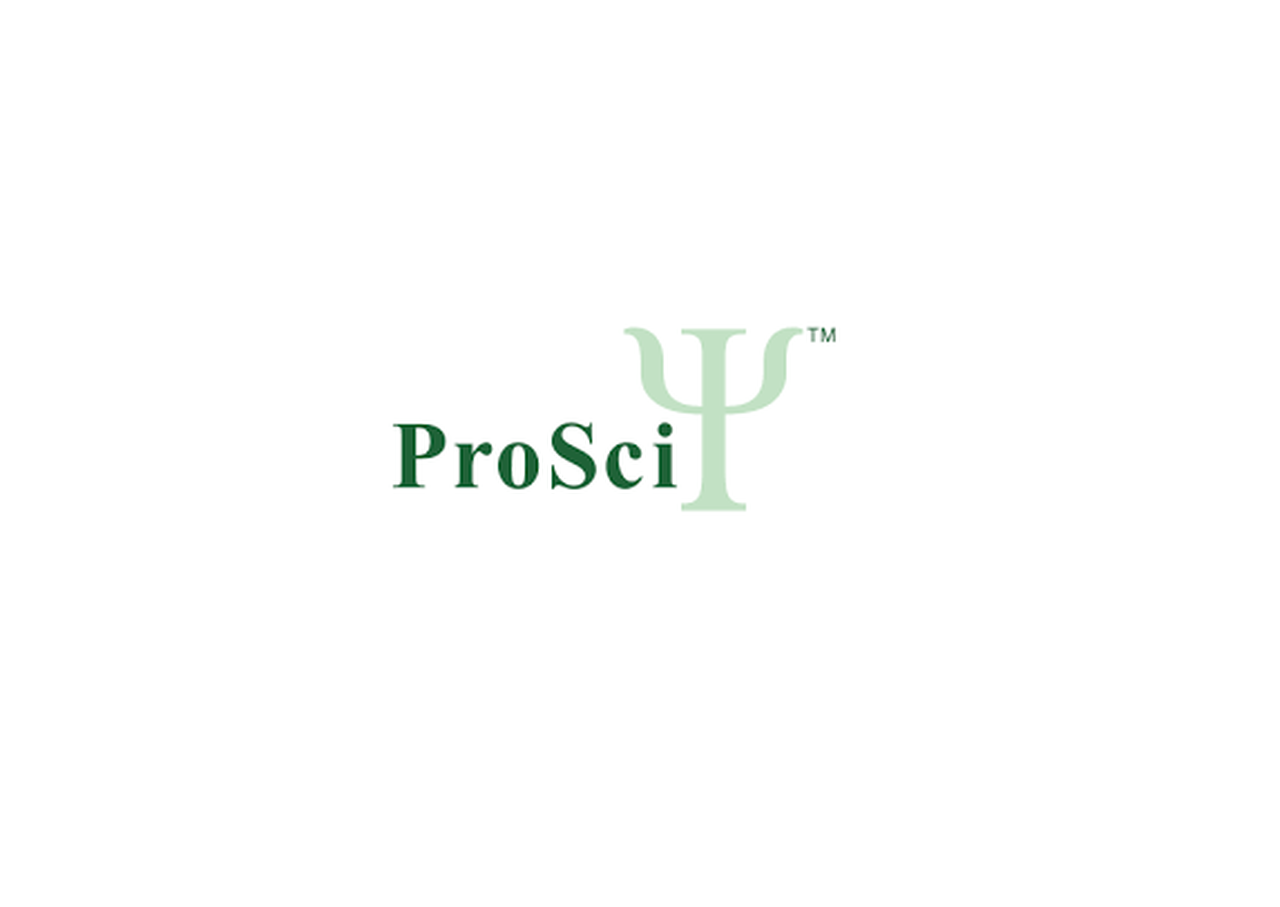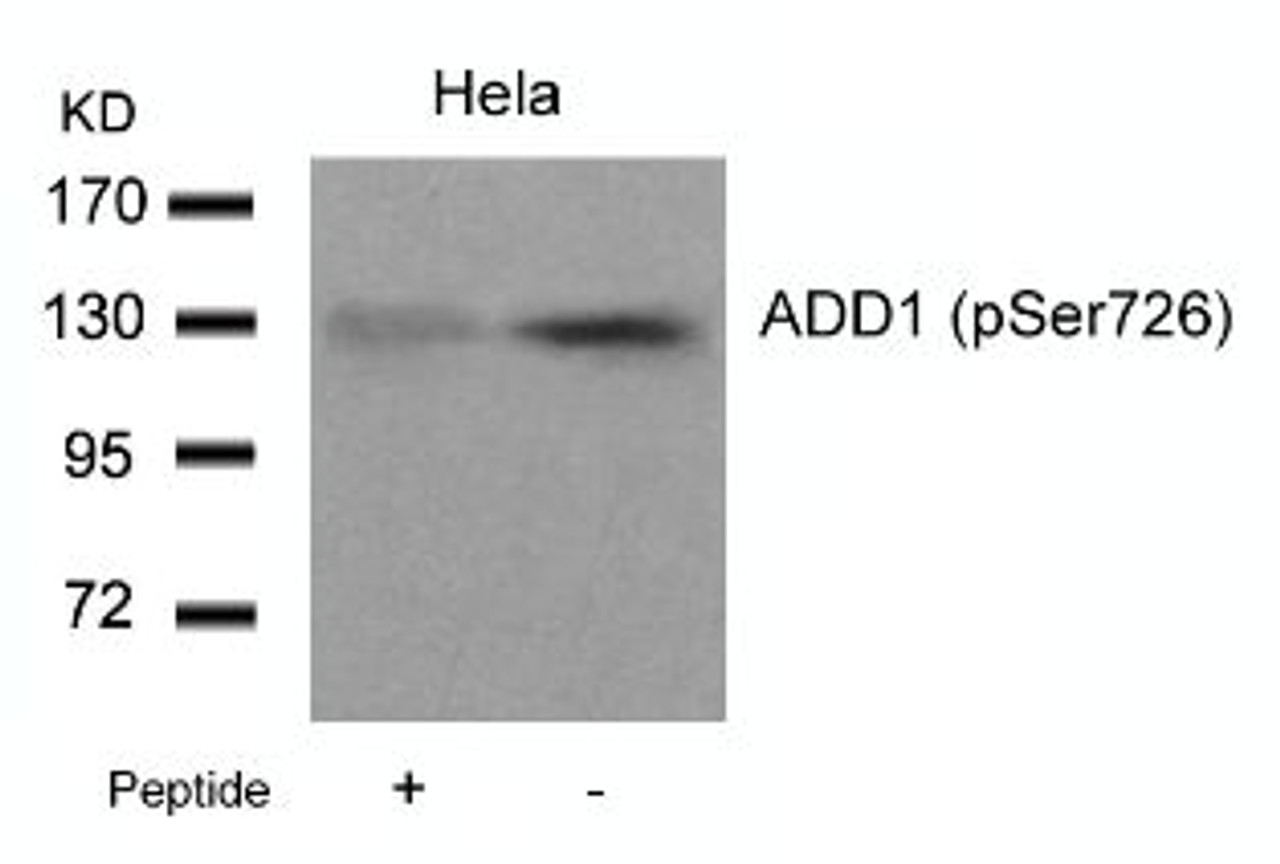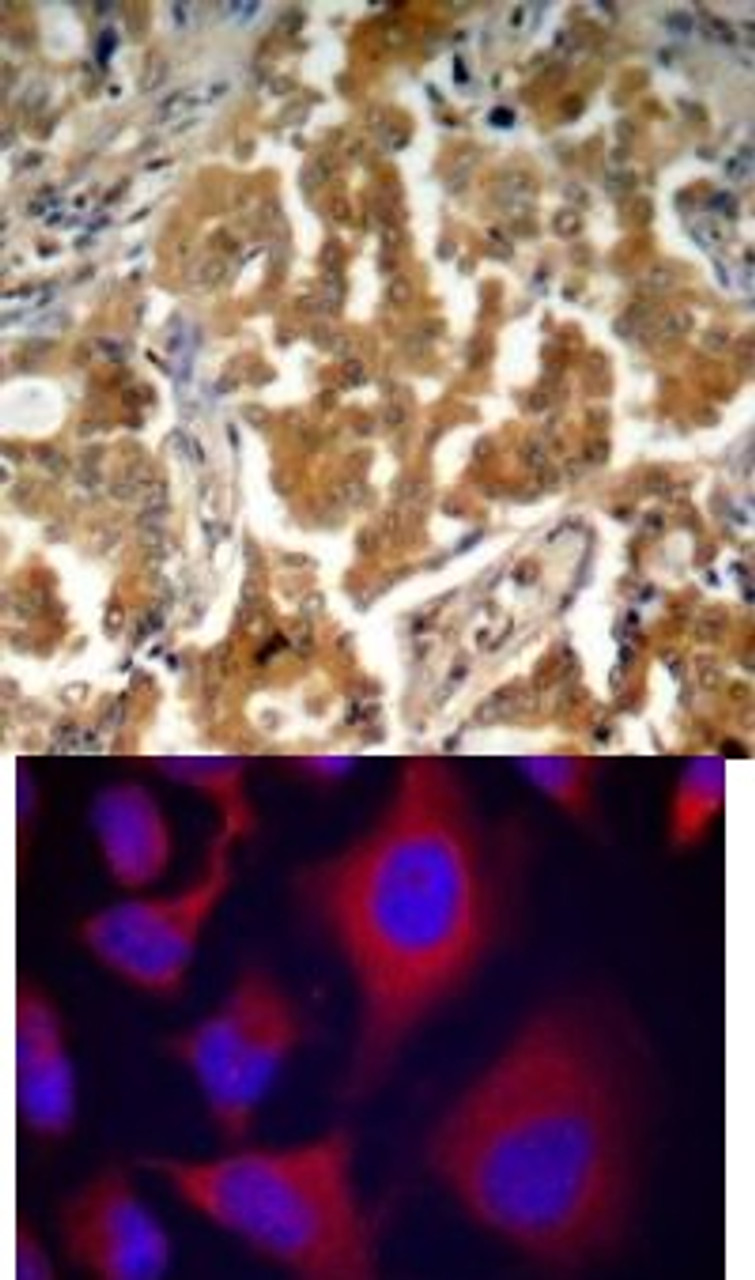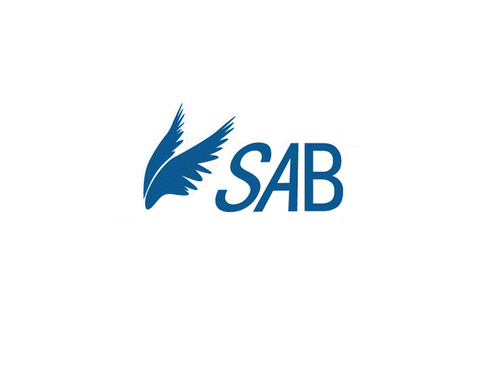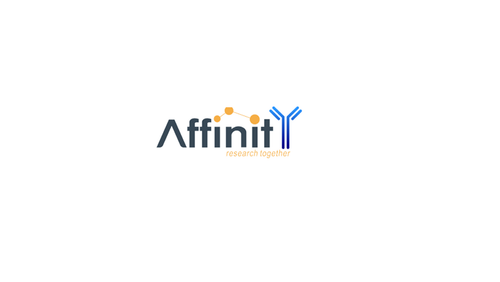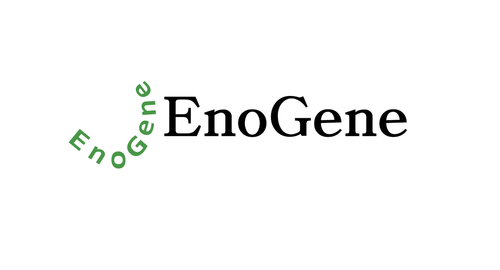Product Description
ADD1 (phospho Ser726) Antibody | 79-189 | ProSci
Host: Rabbit
Reactivity: Human, Mouse, Rat
Homology: N/A
Immunogen: ADD1 (Phospho-Ser726) antibody was raised against a peptide sequence around phosphorylation site of serine 726 (T-P-S (p) -F-L) derived from Human ADD1.
Research Area: Phospho-Specific
Tested Application: WB, IHC, IF
Application: Western Blot: 1:500~1:1000, Immunohistochemistry: 1:50~1:100, Immunofluorescence: 1:100~1:200
Specificiy: This antibody detects endogenous level of ADD1only when phosphorylated at serine 726.
Positive Control 1: N/A
Positive Control 2: N/A
Positive Control 3: N/A
Positive Control 4: N/A
Positive Control 5: N/A
Positive Control 6: N/A
Molecular Weight: 130 kDa
Validation: N/A
Isoform: N/A
Purification: Antibodies were purified by affinity-chromatography using epitope-specific phosphopeptide. Non-phospho specific antibodies were removed by chromatogramphy using non-phosphopeptide.
Clonality: Polyclonal
Clone: N/A
Isotype: N/A
Conjugate: Unconjugated
Physical State: Liquid
Buffer: Antibody supplied in phosphate buffered saline (without Mg2+ and Ca2+) , pH 7.4, 150mM NaCl, 0.02% sodium azide and 50% glycerol.
Concentration: 1 mg/mL
Storage Condition: Store antibody at -20˚C for up to one year.
Alternate Name: ADDA, FAK, FAK1, ADDA, Erythrocyte adducin alpha subunit
User Note: N/A
BACKGROUND: Adducins are a family of cytoskeleton proteins encoded by three genes (alpha, beta, gamma) . Adducin is a heterodimeric protein that consists of related subunits, which are produced from distinct genes but share a similar structure. Alpha- and beta-adducin include a protease-resistant N-terminal region and a protease-sensitive, hydrophilic C-terminal region. Alpha- and gamma-adducins are ubiquitously expressed. In contrast, beta-adducin is expressed at high levels in brain and hematopoietic tissues. Adducin binds with high affinity to Ca (2+) /calmodulin and is a substrate for protein kinases A and C. Alternative splicing results in multiple variants encoding distinct isoforms; however, not all variants have been fully described.
 Euro
Euro
 USD
USD
 British Pound
British Pound
 NULL
NULL

